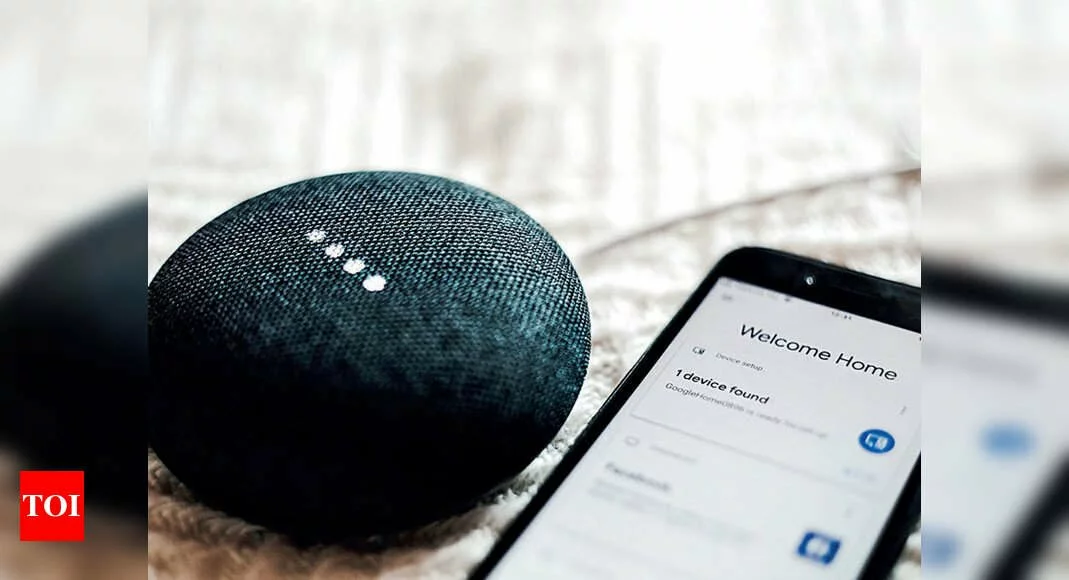From Samsung and LG, to OnePlus and Realme, Why TVs Are Getting Costlier
TV prices in India have increased by around 10 percent or more across all segments and brands, as per market data reviewed on Gadgets 360. Although TV sales, particularly in the fast-growing Smart TV segment, have been rising during the coronavirus-related lockdowns, this might face obstacles now. Young companies including Xiaomi, OnePlus, and Realme, as well as established players such as Samsung and LG, all have seen price hikes on their televisions, and this is bound to affect customers who were planning to make a switch.
Xiaomi, which is known for selling low-margin devices in global markets and currently leads the smart TV market in the country, increased its TV prices by over 11 percent in the last couple of months. The most recent change in prices of Xiaomi’s Mi TVs were noticed in January. Eshwar Nilakantan, Category Lead for Mi TV at Xiaomi India, told Gadgets 360 that the increase mainly came due to the hike in the prices of open-cell panels used by TV manufacturers across the globe.
Realme also silently hiked the prices of its TVs by up to over 15 percent a few weeks back. OnePlus, on the other hand, recently increased the pricing of its smart TVs by nearly seven percent. Both Realme and OnePlus didn’t provide any clarity on their price hike when reached out for a comment.
The increase in the pricing wasn’t only a trend among Chinese players as Noida-based Super Plastronics Pvt Ltd (SPPL), an exclusive brand licensee for Thomson and Kodak TVs, also raised the prices of some of its models by 15 percent.
Mohammad Abid Shah, who bought the Realme TV 32-inch variant at a discounted price of Rs. 11,699 last month, told Gadgets 360 that he delayed the purchase of his television because of the price hikes. Instead, he waited for an online sale, to get a discount on the new TV.
“The hiked price, which was Rs. 2,000 more than the launch price, was a bit higher than my budget,” he said.
Avneet Singh Marwah, CEO of SPPL, said the price increase came due to the hike in the panel prices that are controlled by top six companies. “These companies saw an enormous opportunity of demand and supply during the pandemic,” he told Gadgets 360. The executive, however, doesn’t expect the prices to normalise again in the near future.
Just like SPPL, TCL India also recently increased the pricing of its TVs by seven to eight percent.
“The rise in the price is due to the import cost of the materials required to assemble a TV. Panel production is also a reason,” said Mike Chen, General Manager, TCL India.
It’s not just the young brands, that operate on razor thin margins that are passing on increased cost to the customer though. Legacy players in the television industry, including LG and Samsung also hiked the prices of some of their TV models in the country by up to 10 percent in the recent past.
Nilesh Gupta, Director of Vijay Sales, told Gadgets 360 that apart from the increase in the panel prices what Chen, Singh, and Nilakantan noted, there was a rise in transportation prices that resulted in the increase in TV prices in the country.
“Freight cost between China and India has jumped three to four times,” he said.
Price hike was well anticipated in the past
The increase in TV prices in the country wasn’t unexpected; it’s been coming for the past few months as the government reimposed a five percent custom duty on open-cell imports in October last year, and the raw material being used in manufacturing TVs received a hike during global lockdowns.
Prachir Singh, a Senior Analyst at research firm Counterpoint, told Gadgets 360 that the increase in the prices of TVs in the county could trigger second thoughts in the consumers’ mind, especially in case of the ones looking for a new sub-Rs. 15,000 model.
Market experts and industry sources believe that local manufacturing would help reduce cost burden to some extent.
“Despite the new changes, we believe that this [price hike] will open up new avenues for the smart TV manufacturing ecosystem in India,” Xiaomi’s Nilakantan said.
Singh agreed with Nilakantan and said, “As India is a price-sensitive market, we believe that local value addition will be a key factor to keep the prices down and drive up consumer demand.”
But nonetheless, some of the prime components aren’t yet being produced locally in the country, and it would take quite some time for the country to bring the complete supply chain from China to a few of its production-driving states.
This is similar to how smartphone companies are still not able to 100 percent produce their models natively in the country and rely on factories in other countries. The government, however, is set to revoke custom duty exemptions on importing parts of mobile phones to boost local manufacturing.
“There is an ecosystem which has been created by panel manufacturers in the last five years,” said Marwah of SPPL. “As a result apart from China, there is no alternative in panel manufacturing in the world.”
Which is the best TV under Rs. 25,000? We discussed this on Orbital, our weekly technology podcast, which you can subscribe to via Apple Podcasts, Google Podcasts, or RSS, download the episode, or just hit the play button below.

